From the postcard-perfect Coral Bay to the hidden beauty of Secret Cove, these spots promise stunning photos and unforgettable views.
GVI
Posted: August 29, 2024

GVI
Posted: April 18, 2022
The ocean makes up 71% of the Earth’s surface and contains 97% of our planet’s water. Human activity has taken its toll and the ocean and its marine life are under pressure from climate change. But the oceans aren’t dead yet, and there are plenty of ways humans can contribute to marine conservation and make a positive impact.
Marine conservation focuses on activities that make a positive impact in maintaining the health of the ocean environment and marine life. Because creatures in the sea and on land depend on our oceans, we could all benefit from a proactive approach to marine conservation.
So, whether you’re a recreational diver or just a fan of the big blue, there are many different ways that you can contribute. We’ve listed seven ways you can make a start, or even build on the efforts being made to conserve and protect the oceans.
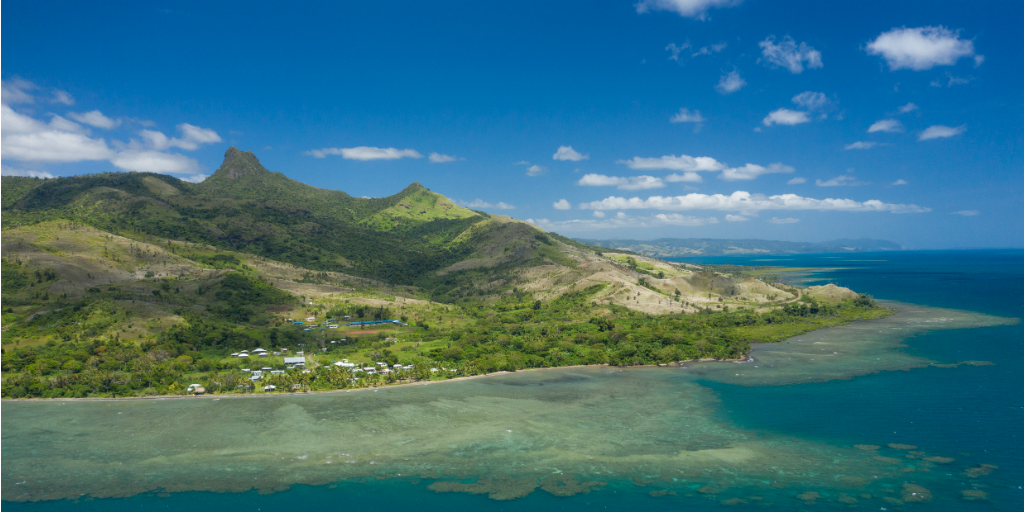
Knowing more about the causes of climate change can help you to reduce your day-to-day contribution to it.
The production of greenhouse gases – like carbon dioxide, methane and water vapour – is mostly the result of human activity. The build-up of these gases in the atmosphere means that too much of the heat emitted by the sun is trapped in the Earth’s atmosphere.
The effects of climate change include:
These pose a threat to the survival of the ocean’s fauna and flora. But there are steps that each of us can take to mitigate the effects of climate change.
Many of the activities we participate in every day – like driving cars and using electricity – contribute to the build-up of greenhouse gases. By becoming more aware of how we contribute to greenhouse gas emissions, we can start to see what kinds of changes we can make to become more environmentally friendly. This way, we can begin to reduce our carbon footprint – the amount of carbon dioxide we release into the atmosphere due to our daily activities.

It’s easiest to begin by making small changes, like using energy-efficient light bulbs, reducing the temperature on your thermostat, joining a lift club or taking public transport, or even cycling or walking to travel short distances rather than using your car. And once you’ve started, it’ll become easier to build on your green lifestyle – a lifestyle that maintains the health of the environment.
But keeping an eye on your carbon footprint doesn’t end there.
Based on a 2021 study it is estimated that there are 24.4 trillion pieces of microplastic particles floating on the surface of the ocean. This makes things difficult tricky for marine creatures.
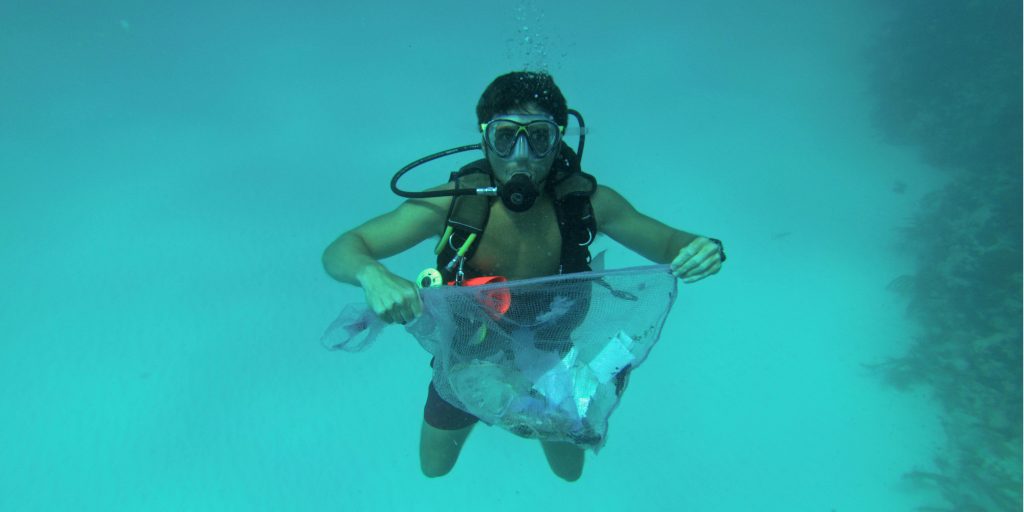
Single-use plastic pollutes our oceans and has a negative impact on marine habitats and ocean creatures.
Apart from becoming entangled in plastic, certain creatures, like sea turtles, can develop “floating syndrome” where they float from ingesting plastic. A floating turtle can’t flee from predators or move away from boats, let alone dive down into the ocean for its next meal.
Here are eight ways you can reduce your plastic use:
When oils and chemicals aren’t disposed of properly, they can find their way into our oceans, causing pollution and affecting marine life. Another source of this can be found in our sunscreens, which wash off into the ocean when we take a swim and can cause severe damage to our coral reefs.
Think of your own body. If you fill it with unhealthy things, you might get sick and won’t be able to perform at your best. Any toxic chemicals that enter the ocean affect its overall health.
Take note of the oils and chemicals you use and check the packaging to see how to dispose of them safely. Toxic materials, like motor oil and household cleaning chemicals, can’t just be poured down the drain. But you can get rid of them at drop-off sites designed for this purpose.
You can also consider switching to more environmentally-friendly cleaning products that break down in the environment – check the back of your packaging for a green certification. These products are just as effective but are less harmful for the environment.
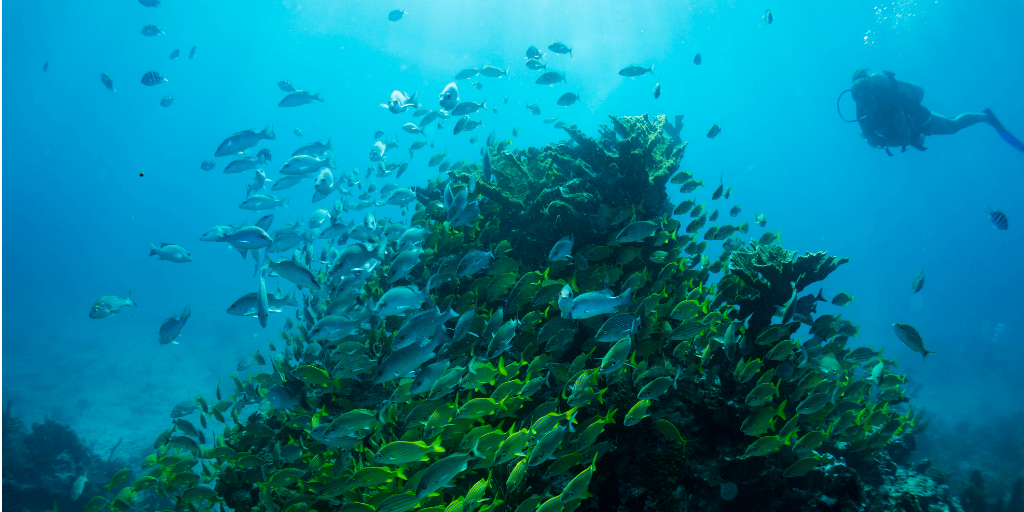
Want to assist with reducing the amount of plastic waste in the oceans? You can get involved with Project AWARE’s Dive Against Debris campaign in your community by:
By getting involved, you might just inspire your family, friends or people in your community to get involved. Soon you could have a whole team working together to contribute towards cleaning up oceans!
If you’re not a diver, you could also make a positive impact by organising or joining a beach cleaning event in your area.
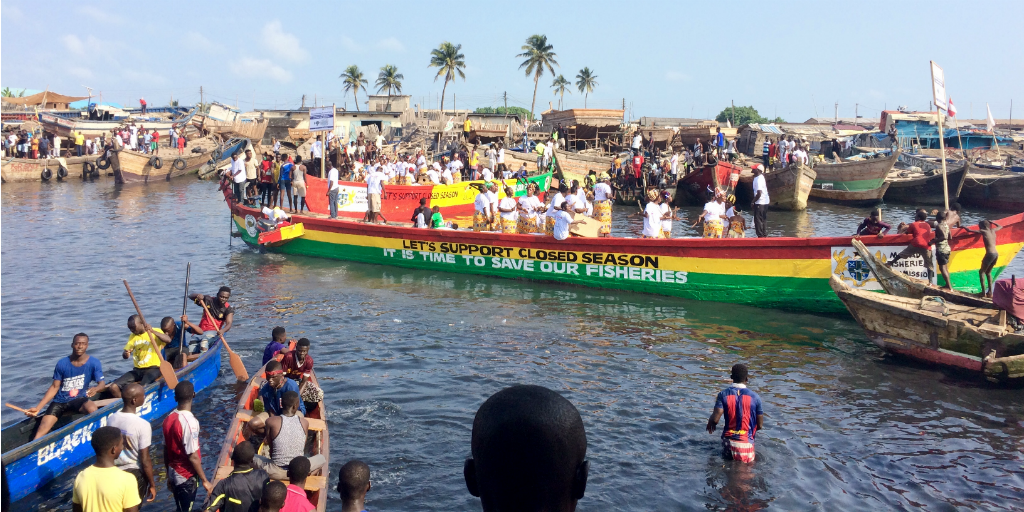
As the human population continues to grow, there are more and more mouths to feed. Overfishing has seen fish populations being depleted all around the world. But this doesn’t have to be the case.
Taking a sustainable approach to fishing and development can make a big difference. This means using resources in a way that doesn’t deplete them. So for fishers, this may include only catching the types of fish that are present in large numbers in the ocean. For developers, it means building only what is necessary, and ensuring that important marine ecosystems are not affected by development.
And there are ways that you can get involved too. You could be more selective about the types of fish you buy by using the Marine Stewardship Council’s (MSC’s) list of approved fish as a guide. In this way, you can support and assist in promoting sustainable fisheries.
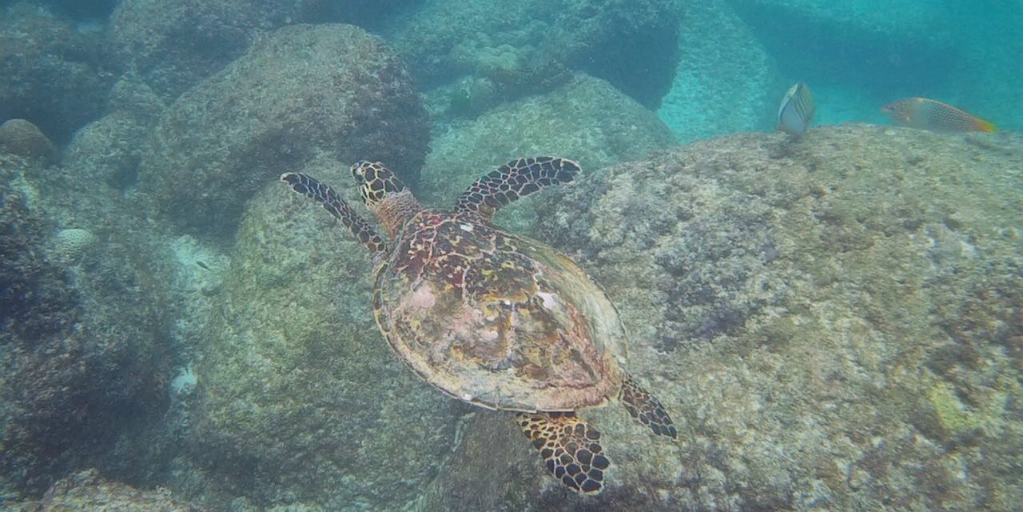
When you visit a coastal town you’re likely to see souvenirs made from various forms of marine life. Think of those tortoiseshell hair accessories, coral jewellery and shark tooth necklaces you’ve seen at seaside markets.
Don’t buy:
You may even find products at your favourite makeup store that contain ingredients taken from certain marine animals – like certain lipsticks or moisturisers which may contain fish scales and animal fat. However tempting that new red lipstick might look, make sure it doesn’t contain marine animal products (most countries indicate this with a bunny logo on the packaging). There are several cruelty-free organisations which certify and list brands that offer cruelty-free products, the three most recognised are the Leaping Bunny, PETA and Choose Cruelty-Free.
While the term ocean-friendly is being used less these days, ensuring that products are environmentally friendly also means that their production hasn’t had a negative effect on the environment – on land or in the sea.
Marine education and public awareness are key drivers of marine conservation efforts. This is how the public becomes more aware of the challenges facing our oceans. It’s also a platform where people can become empowered to make a positive contribution to marine conservation efforts in their own way.
Do some research and find out if there are any marine conservation organisations or campaigns near you – like the Professional Association of Diving Instructors’ (PADI) Project AWARE – that you can support by assisting them in spreading the word about marine conservation.
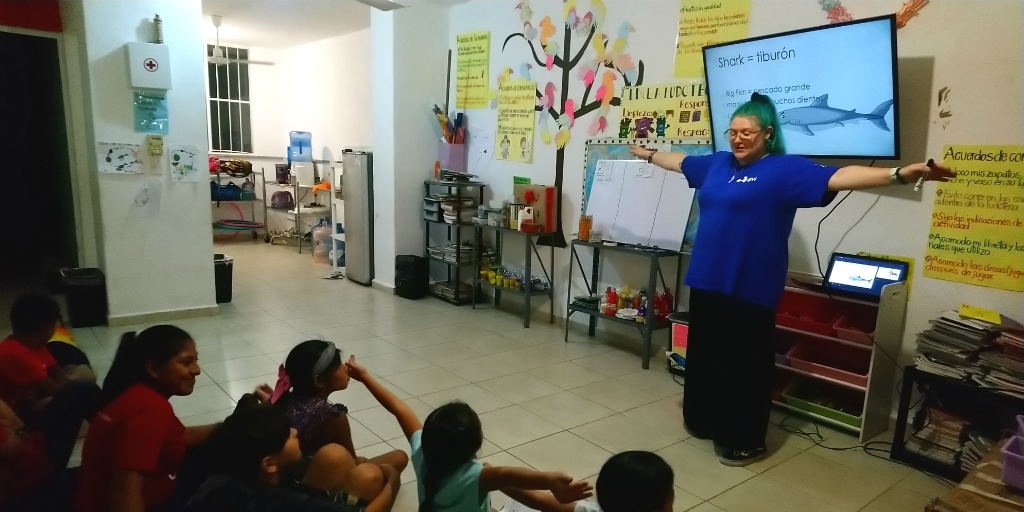
Alternatively, you can lend a hand by volunteering to assist communities in learning about the importance of marine conservation.
If you’ve completed your studies in marine conservation, and want to continue pursuing a career in the field, you could enrol in one of our online career courses or, if you’re feeling more adventurous and want some hands-on experience, you can participate in one of our exciting environmental internships.
There’s so much going on in marine conservation that there are a number of ways to get involved. Learning about marine conservation programs, biological survey techniques, and the positive impact that these efforts are making across the globe can prepare you to get involved in marine conservation in the future.
Find out more about our online sustainable development marine conservation courses and start your journey towards making a positive impact through marine conservation. Or, choose to get involved in a marine conservation project in Fiji, Mexico, Greece or Seychelles.
We understand that you may have questions about how COVID-19 will affect your travel plans. Visit our FAQs page which explains our latest safety protocols in response to COVID-19.
From the postcard-perfect Coral Bay to the hidden beauty of Secret Cove, these spots promise stunning photos and unforgettable views.
GVI
Posted: August 29, 2024